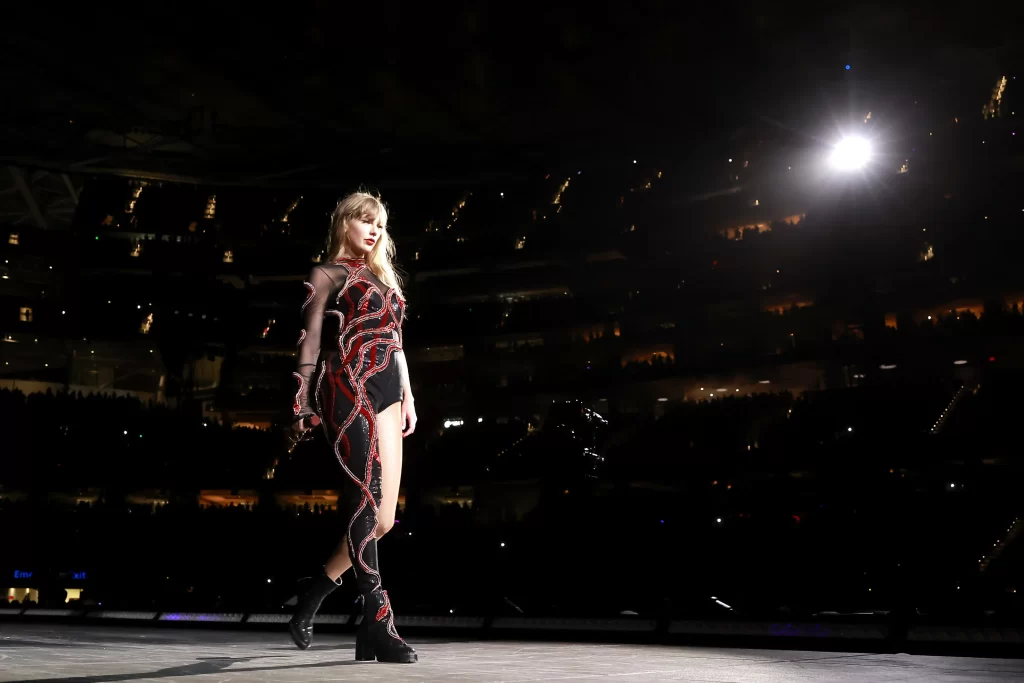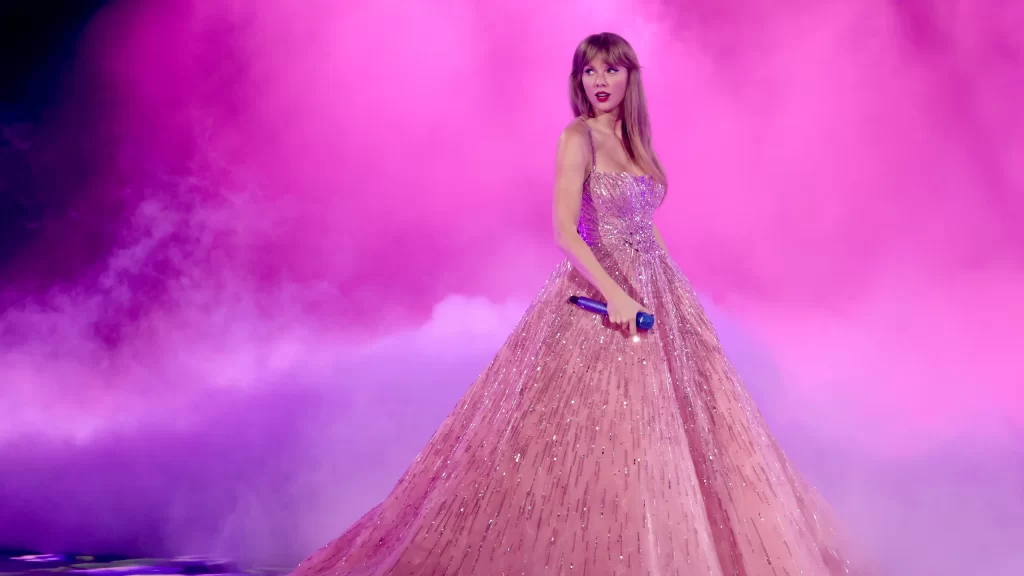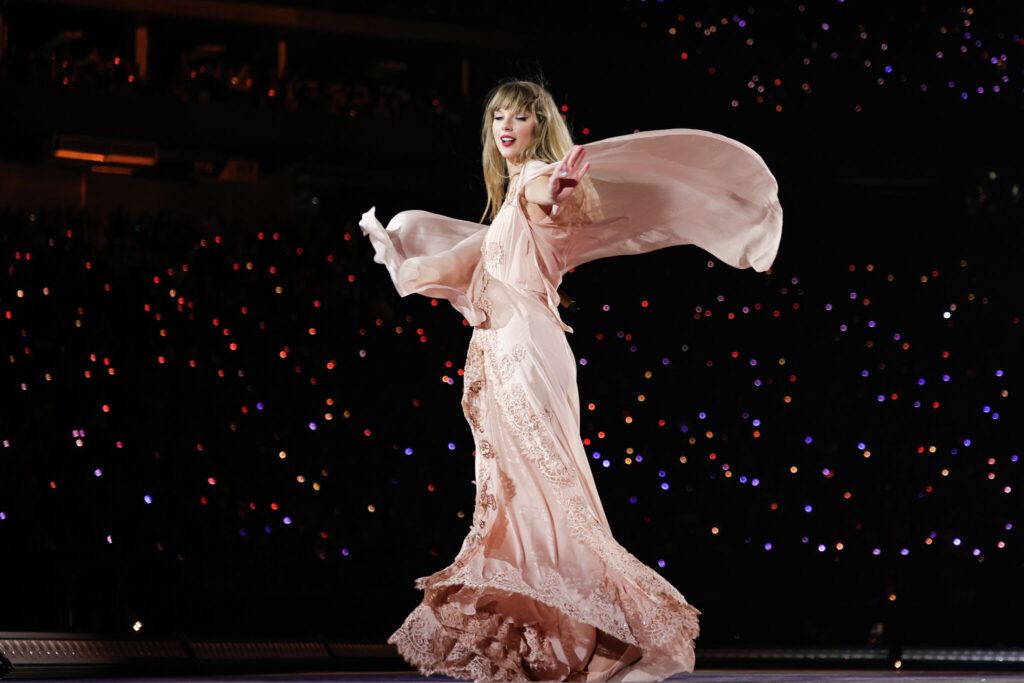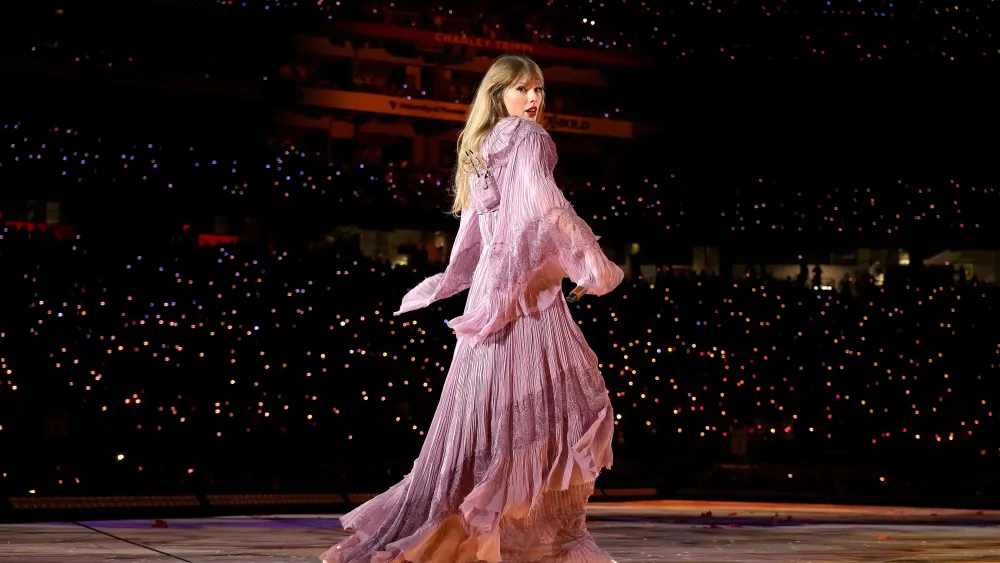In the ever-evolving landscape of popular music, few artists have left a mark as indelible as Taylor Swift. With a career spanning over a decade and a half, Swift has consistently reinvented herself, not only as a musician but as a cultural icon. One of the most remarkable manifestations of her cultural influence was the Eras Tour, a groundbreaking concert series that celebrated her journey through various musical eras. This tour not only showcased her versatility as an artist but also served as a testament to the profound impact she has had on contemporary culture.

Taylor Swift’s career can be divided into distinct eras, each marked by a unique musical style, image, and message. From her early country-infused albums like “Fearless” and “Speak Now” to the pop-centric “1989” and the introspective “folklore” and “evermore,” Swift has successfully navigated a spectrum of genres. The Eras Tour was an ambitious endeavor to bring these phases to life on stage, allowing fans to relive their favorite moments and connect with the evolution of an artist who had grown up with them.
One of the most striking aspects of the Eras Tour was Swift’s meticulous attention to detail. Each era was meticulously recreated, from the stage design to the costumes, to capture the essence of the corresponding albums. Fans were treated to a visual and auditory journey through time, with Swift’s performances mirroring her artistic growth. The tour was not merely a series of concerts; it was a living testament to the power of transformation and self-expression.

Beyond the musical spectacle, the Eras Tour held a mirror to the cultural shifts that Swift herself had played a role in shaping. Her evolution from a country sweetheart to a global pop sensation reflected the changing landscape of the music industry, where genre boundaries were becoming increasingly blurred. Swift’s willingness to adapt and experiment with her sound resonated with a generation that valued authenticity and self-discovery.
Moreover, Taylor Swift’s advocacy for artists’ rights and creative ownership had a profound impact on the industry. Her high-profile battles with record labels over the ownership of her music catalyzed discussions about the rights of musicians and the need for more equitable agreements in the music business. The Eras Tour served as a platform for Swift to emphasize the importance of artists having control over their work, empowering both herself and countless aspiring musicians.

Swift’s influence extended far beyond music; she used her platform to address social and political issues. Her activism on topics like gender equality, LGBTQ+ rights, and voter engagement resonated with her predominantly young and socially conscious fan base. The Eras Tour featured moments of reflection and inspiration, reminding audiences of the power of using one’s voice for positive change.
Another notable cultural impact of the Eras Tour was its role in fostering a sense of community among Swift’s fans, affectionately known as “Swifties.” These concerts became safe spaces for fans to express themselves, share their stories, and connect with others who had similar experiences. Swift’s genuine connection with her audience created a bond that transcended the boundaries of music, making the Eras Tour a pilgrimage for her dedicated followers.

Final thoughts, Taylor Swift’s Eras Tour was more than just a series of concerts; it was a cultural phenomenon that celebrated an artist’s evolution and the impact she had on the world. Swift’s ability to reinvent herself while staying true to her core values resonated deeply with fans and the broader cultural landscape. The tour exemplified the power of music not only to entertain but also to inspire change, foster connection, and reflect the ever-changing nature of our society. As Taylor Swift continues to evolve, her cultural impact remains as potent as ever, a testament to the enduring legacy of one of the greatest artists of our time.







